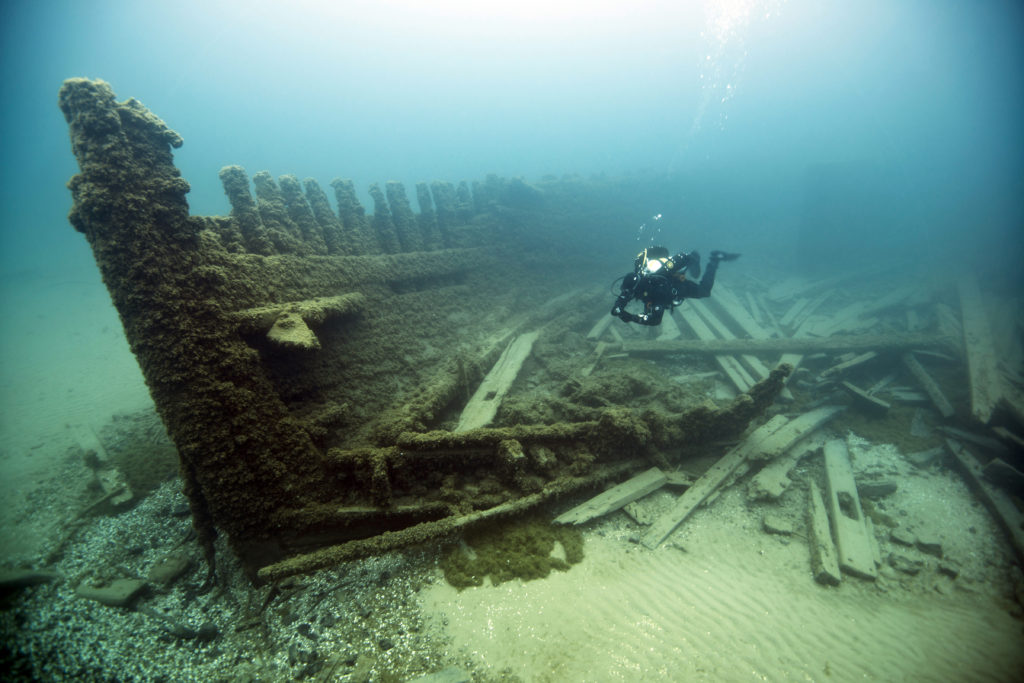
The difference between national marine sanctuaries and marine national monuments
By Alison Thompson, guest author
With high diversity, resilience, and reservoirs of recreational and cultural resources, national marine sanctuaries and marine national monuments seem to be one-and-the-same. Although they are similar in names and nature, monuments and sanctuaries are different ways of protecting the treasures within their watery borders. Our National Marine Sanctuary System is comprised of 13 national marine sanctuaries and two marine national monuments, Papah?naumoku?kea and Rose Atoll, protecting sites from the Pacific, the Atlantic, and from the Great Lakes to the Gulf of Mexico. So, what are some of the differences between these two types of marine protected areas?

Tane Casserly/NOAA
National Marine Sanctuaries
The history of our National Marine Sanctuary System begins in 1972 with the National Marine Sanctuaries Act (NMSA). This Act enables the National Oceanic and Atmospheric Administration (NOAA) or Congress to designate a national marine sanctuary given there is a large public interest, or congressional interest in the potential location. The NMSA is the only federal law specifically written to protect ocean areas with varying geographies and ecosystems! Although public engagement and community involvement plays a large role in sanctuary status, the NMSA enables the federal government to regulate each sanctuary and manage the designation process as a whole.
When creating new national marine sanctuaries, NOAA takes nominations from local communities. Based on the criteria, NOAA either accepts submissions or turns them down. Upon acceptance, NOAA consults with Congress, federal agencies, state and local governments, fishery management councils, and the public to allow for public engagement and comment under the National Environmental Policy Act and the National Marine Sanctuaries Act. With so many factors to consider, designating a national marine sanctuary takes a long time, and it often takes more time than designating marine national monuments! But, the designation of our ocean playgrounds is truly worth the wait.

Wendy Cover/NOAA
Marine National Monuments
Marine national monuments differ from sanctuaries because they are designated by presidential proclamation under the Antiquities Act of 1906. This Act authorizes the president to implement national monuments on federal land if they are historically relevant or of scientific interest to the people of our nation.
Managing monuments is different than managing sanctuaries. Many different agencies from NOAA to the Department of the Interior as well as state departments have a role to play in monument management. Unlike sanctuaries, public engagement, nomination, and commenting are not required for monument designation but are encouraged because public commenting lets the government know what landscapes, historical sites, and landmarks are important to the people! Because monument designation can occur quickly at the request of the president, the president is able to ensure monuments are swiftly protected for generations of Americans to come.
Both national marine sanctuaries and marine national monuments protect our blue parks and provide us with recreational opportunities, historical artifacts, and cultural connections. Implementing marine national monuments and national marine sanctuaries is critical to ensure our ocean and Great Lakes resources remain protected.
Click here to learn more about national marine sanctuaries and marine national monuments.
